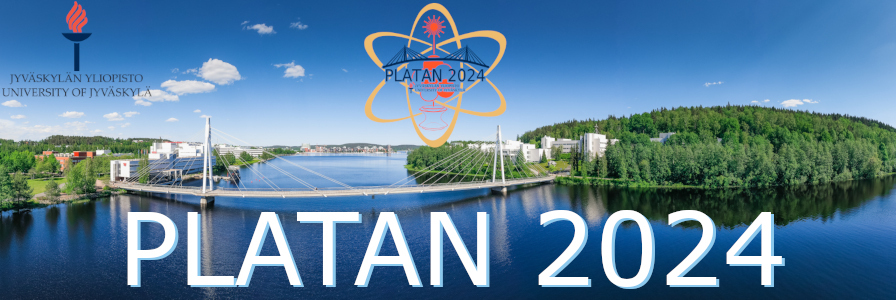Speaker
Description
Using efficient laser ionization schemes is a key element when performing atom-at-a-time laser spectroscopy. Auto-ionizing states are often used to enhance ionization due to their higher cross sections compared to excitation directly to the continuum. Nonetheless, for certain elements, either such structures are absent or remain undiscovered [1]. Alternatively, another approach involves exciting the atom to high-lying Rydberg states and subsequently inducing ionization through mechanisms like field ionization, wherein a strong electric field is applied.
We report on the laser excitation of Rydberg states in a hypersonic gas jet. The In-Gas Laser Ionization and Spectroscopy (IGLIS) technique employs a convergent-divergent (de Laval) nozzle to create a cold hypersonic gas jet. Without sacrificing efficiency, the in-gas-jet method allows for sub-GHz spectral resolution of short-lived actinides with low production rates [2]. The new generation of nozzles with a Mach number of $8.5$ enables laser spectroscopy studies of actinides with spectral resolutions around $200$ MHz [3].
Thorium atoms were produced via laser assisted ablation inside an argon filled gas cell and evacuated via the de Laval nozzle. Rydberg states were populated in-gas-jet via laser excitation and subsequently field ionized. The analysis of the found Rydberg states for Th I together with the search for an efficient ionization scheme for Th II allowed for the extraction of an improved value for the ionization potential of both Th I and Th II. Several auto-ionizing states above the second ionization potential were discovered which will be used to improve laser ionization efficiency for in-gas-jet laser spectroscopy studies of $^{229m}$Th$^{+}$. The latter is of interest for the development of a $^{229}$Th based nuclear clock [4].
[1] M. Block et al. Prog. Part Nucl. Phys.,116:103834,2021
[2] R. Ferrer et al. Nature Communications,8:14520,2017
[3] R. Ferrer et al. Physical Review Research, 3:043041:2021
[4] S. Kraemer et al. Nature, 617:706-710,2023

